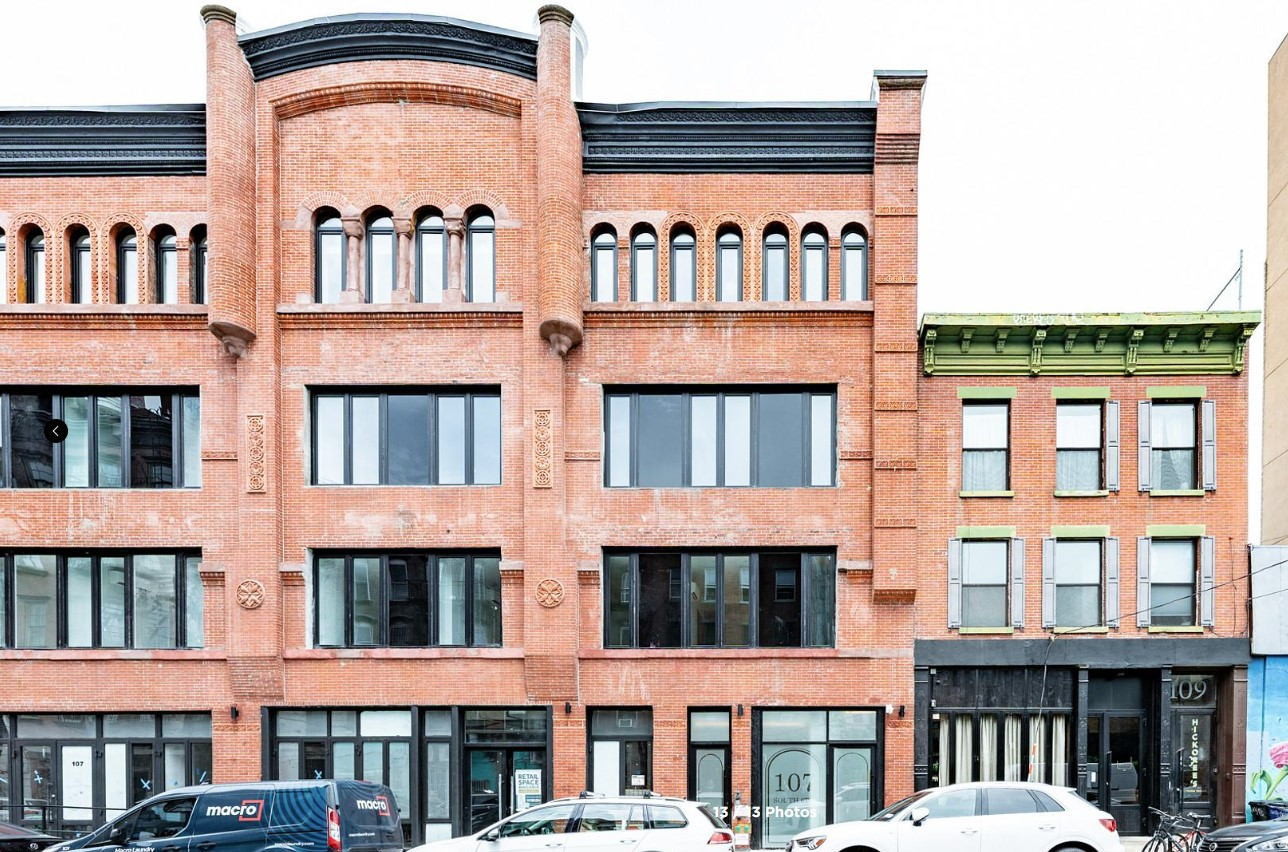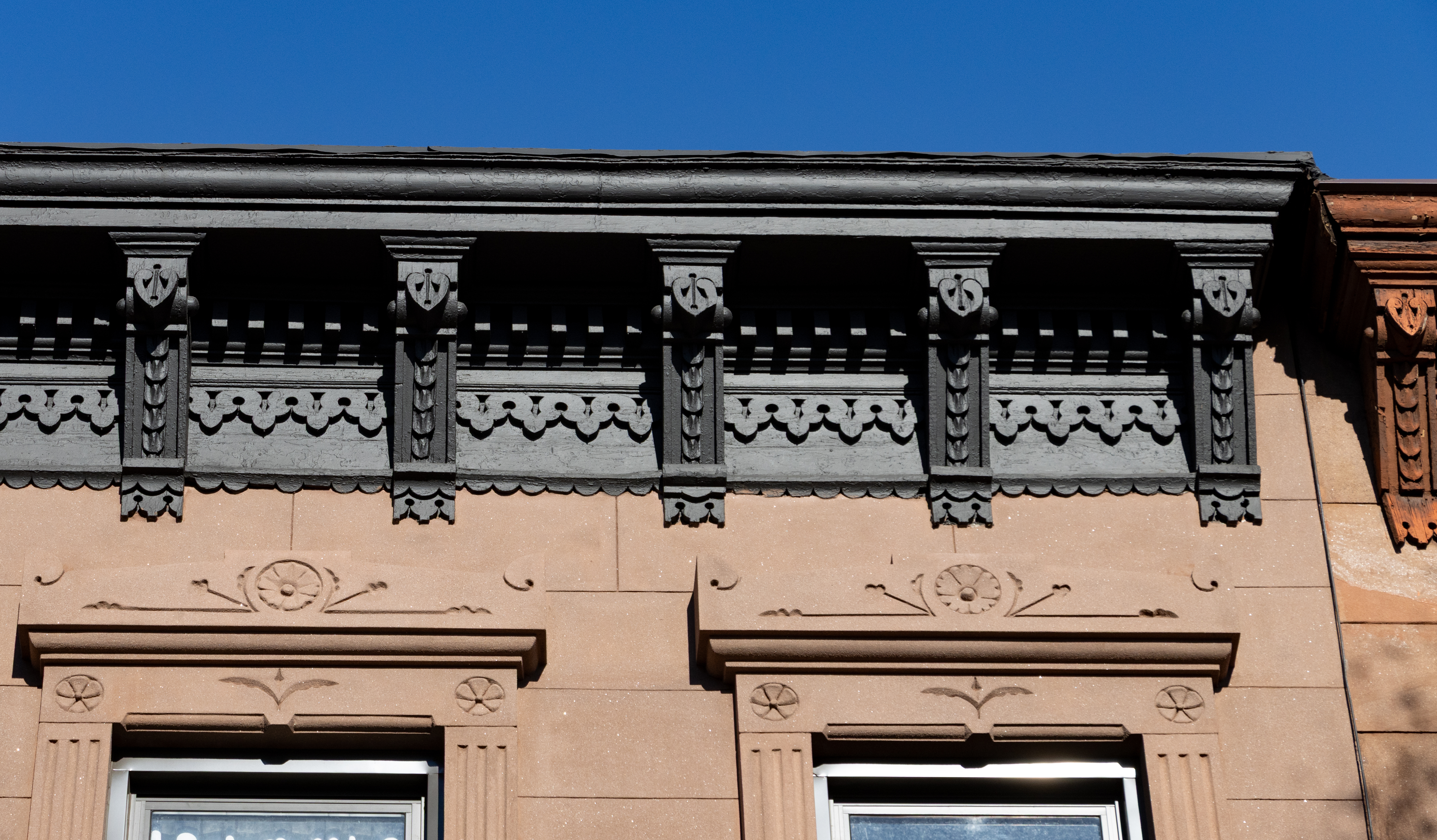State Takes $166 Million Step Toward Making Interborough Express a Reality
The governor on Friday announced a major investment in what would be the city’s first new rail line in nearly 90 years, connecting central Queens to southern Brooklyn.

Gov. Kathy Hochul and MTA Chair Janno Lieber walk along tracks in Borough Park slated to become part of the Interborough Express, August 1, 2025. Photo by Ben Fractenberg/THE CITY
by Jose Martinez
This article was originally published on August 1 at 1:48 p.m. EDT by THE CITY
New York is kicking off design and engineering work on a “game changer” mass-transit tie between Brooklyn and Queens along 14 miles of an existing but little-used freight railway.
Gov. Kathy Hochul on Friday touted a nearly $166 million commitment in state money for the initial work as a down payment on the $5.5 billion Interborough Express, a proposed light-rail line between Jackson Heights and Bay Ridge.
The Interborough Express would offer a Brooklyn-Queens connection to 17 subway lines, the Long Island Rail Road and more than 40 bus routes and was first proposed nearly 30 years ago by the Regional Plan Association.
Hochul said the route’s layout is central to the city’s growth outside of Manhattan.
“There’s not a requirement that if you want to go see your mother in Queens from Brooklyn that you have to go into Manhattan first,” Hochul said. “Now, Manhattan is a lovely place, but why did people envision a world where you had to go there first to be able to come out to another borough?
“That will not be the future.”
The MTA board on Wednesday approved a $165.9 million contract for a joint venture of Jacobs Civil Consultants and Henningson, Durham & Richardson Architecture and Engineering to start the first phase of the project.

It involves preparing the 19th-century freight corridor for use as a light-rail system through the relocation of utilities, demolition of existing structures, construction of dozens of new bridges, retaining walls and potentially a tunnel beneath All Faiths Cemetery in Middle Village.
The freight tracks are owned by the MTA’s Long Island Rail Road and the rail company CSX Corporation. Under an agreement with the LIRR, New York & Atlantic Railway currently operates freight service along the tracks.
The 19-station connection between Roosevelt Avenue and Brooklyn Army Terminal would be the first end-to-end transit line built in the city since the crosstown G — which also runs between Queens and Brooklyn — opened in 1937.
“Today is a huge milestone,” said Janno Lieber, MTA chairperson and chief executive. “I am so proud that we’re moving back into the transit-building business, the expansion business.”
‘Not Just a Shiny Object’
The transportation authority plans to spend $2.75 billion on the IBX as part of its capital plan for 2025-2029, a $68 billion blueprint that is almost entirely on maintaining the existing transit system through investments in new trains and buses and upkeep of more than 60 miles of decaying elevated structures.
Lieber said the IBX stands out as a “big-time expansion” project in the agency’s $68.4 billion capital program for 2025-2029, which is otherwise largely focused on upkeep of the existing transit network.
“It’s not just a shiny object like some expansion projects,” he said. “There are almost a million people living in the neighborhoods along the route, plus another 260,000 who work nearby, and it makes no sense that they have to cross the river to Manhattan.”
The project may also need federal dollars, a goal that could be complicated under the Trump administration as it battles New York in federal court over congestion pricing, the vehicle-tolling system designed to help pay for transit improvements.
“We have not said that we would close the door” on federal funding, said Kathryn Garcia, Hochul’s director of state operations. “But we’re going to start the state environmental process and not the federal one, to keep us on track.”

Federal dollars could come into play for a later phase of the IBX, which would include building the tracks, stations, a storage yard for light-rail trains, signals and power systems needed to put it into passenger service.
“We know that the money will be needed in the future and we haven’t closed that door, because hopefully there will be a better federal administration in the future,” Garcia said.
The base contract for the first phase of work on the IBX extends over 24 months, with an option for three additional months, according to a MTA summary of the joint-venture agreement.
The Regional Plan Association first floated the idea of using the freight corridor for passenger service all the way back in 1996, calling its proposal the Triboro line.
Kate Slevin, executive vice president at RPA, praised Hochul for championing a plan that had been shelved for many years.
“I think she understood the benefits and the MTA leadership has been a big champion of this, as well,” Slevin said. “It’s been wonderful to see an idea that we’ve been talking about for a few decades actually become a project.”
Related Stories
- City Council Greenlights Housing Over Borough Park Rail Line
- Interborough Light Rail Project May Include a Tunnel Under Queens Cemetery
- MTA Capital Plan Includes Proposed Interborough Express Light Rail Project
Email tips@brownstoner.com with further comments, questions or tips. Follow Brownstoner on X and Instagram, and like us on Facebook.





What's Your Take? Leave a Comment